Microsoft continues to polish the inbox Settings app by adding more consistent dialog. The app is getting more solid appearance of the Fluent Design style. The most recent Windows 11 Build 25247 released to the Dev channel contains two updated pages, Startup and Go to the earlier released build. Both are hidden, but you can activate them to learn how they will look in the near future.
Advertisеment
The company is working to improve the Startup page in Settings so that users can quickly open the file location of a Win32 application added to the startup. There is a special new button at the right edge of the app section. In fact, you can click the app name to open its executable file location.
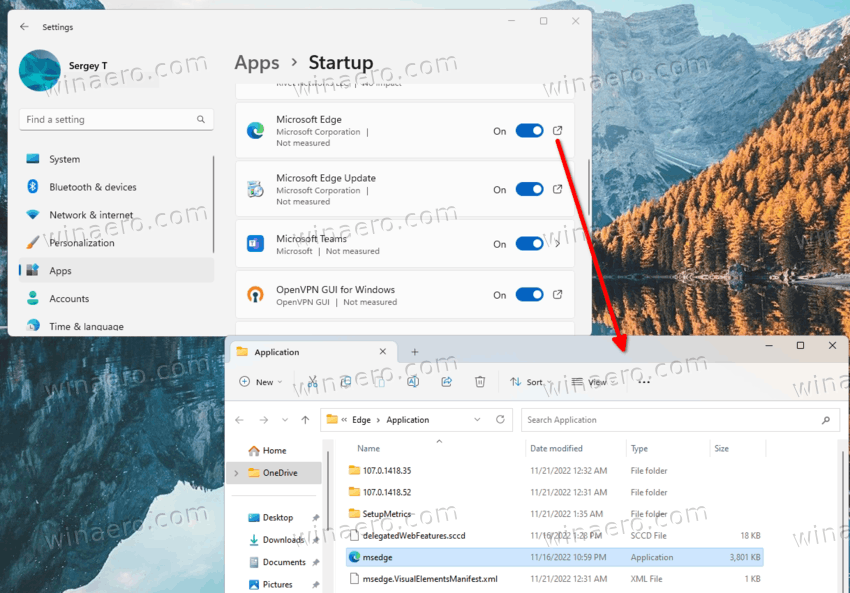
For Store apps this will open the Installed apps page with the details for the app you clicked on the Startup page.
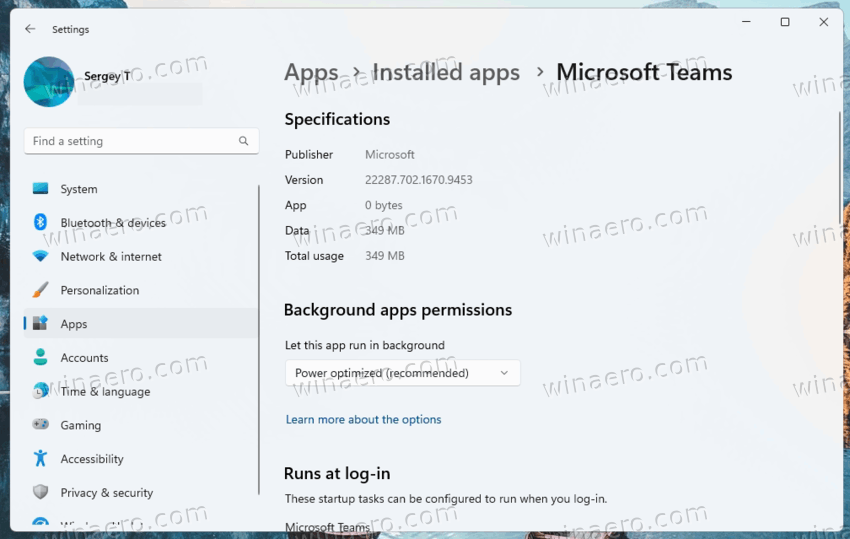
While the Task Manager offers the same feature for a long time, but the Settings app can be more useful. It often shows extra details about your startup apps.
Enable the updated Startup page in Windows 11 Settings
- Download the ViVeTool utility from this link.
- Create the c:\vivetool folder and unpack the downloaded ZIP archive to that folder.
- Open a command prompt as Administrator. For that, you can press Win + R in the Run dialog, type
cmd, and press Ctrl + Shift +Enter.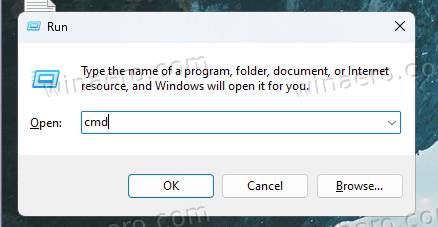
- In the console, type
c:\vivetool\vivetool /enable /id:41075629and press Enter.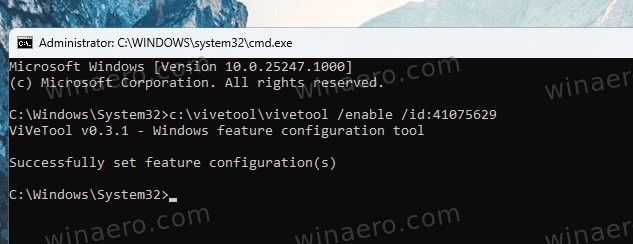
- Restart your computer to apply the changes after you see the message "Successfully set feature configuration".
Done. If you want to disable the updated startup page, then use the command:
c:\vivetool\vivetool /disable /id:41075629
Besides, Windows 11 Insider Build 25247 includes an updated "Go back to an earlier build" dialog box, made in the style of Fluent Design. Currently, the change is also disabled by default. But you can easily enable it with ViveTool. Here’s how.
Enable updated "Go back to earlier build" page in Settings
- First of all, download ViveTool and place its files to the c:\vivetool folder.
- Right-click Start and select Terminal(Admin) from the menu.
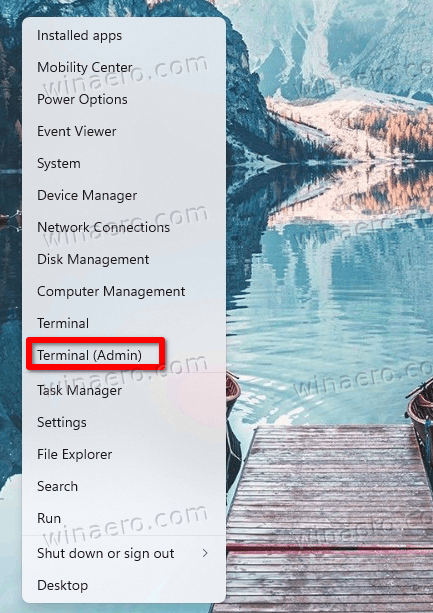
- In the elevated terminal, use either PowerShell or Command Prompt tab to type and execute the following two commands:
c:\vivetool\vivetool /enable /id:41670003c:\vivetool\vivetool /enable /id:36390579
- Once you see the “Successfully set feature configuration” message, restart Windows 11.
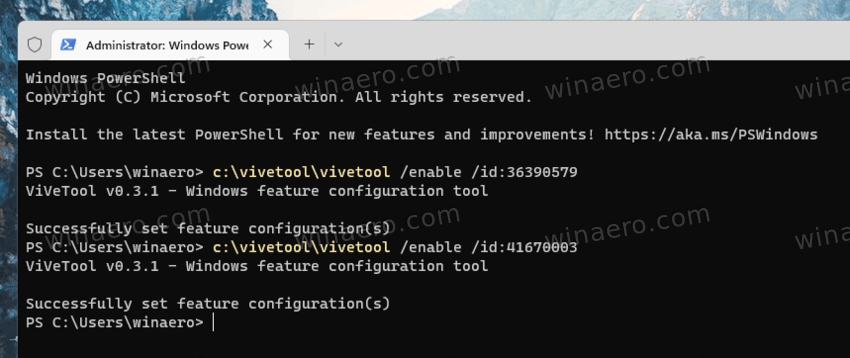
- Now, open Settings (Win + I), and go to Windows Update > Advanced Options > Recovery > Go back.
Now you will have a new style of the rollback the OS page.
For comparison, the old one looks like this:
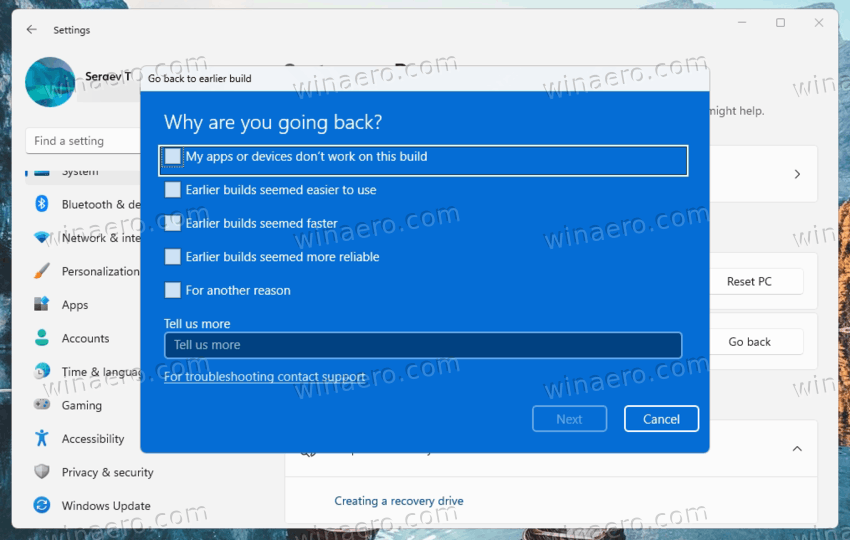
The new one is the following:
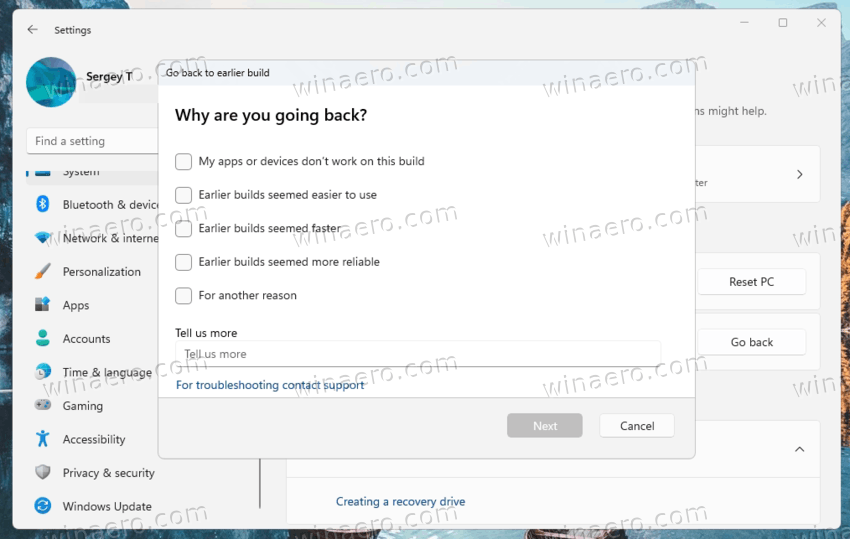
To undo the change, issue the following commands, again as Administrator.
c:\vivetool\vivetool /disable /id:41670003
c:\vivetool\vivetool /disable /id:36390579
It should not take the company long to bring these changes to a wider audience, so within a couple of builds both pages should be enabled by default.
Support us
Winaero greatly relies on your support. You can help the site keep bringing you interesting and useful content and software by using these options:

Thanks Sergey, as always.
you are welcome!